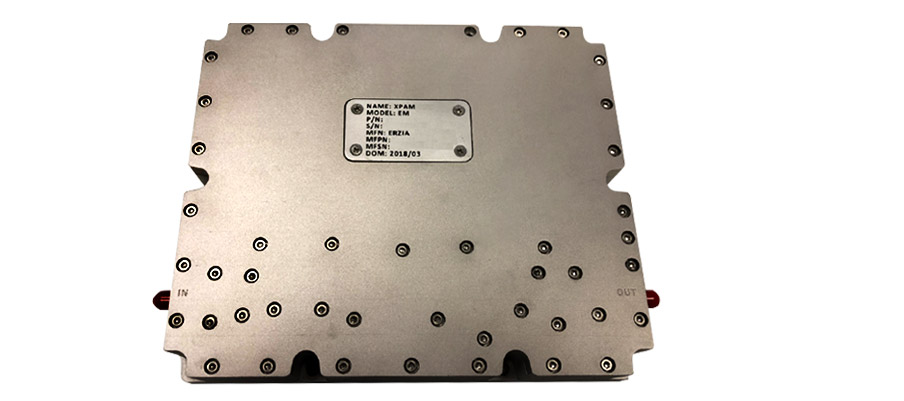
EXOMARS
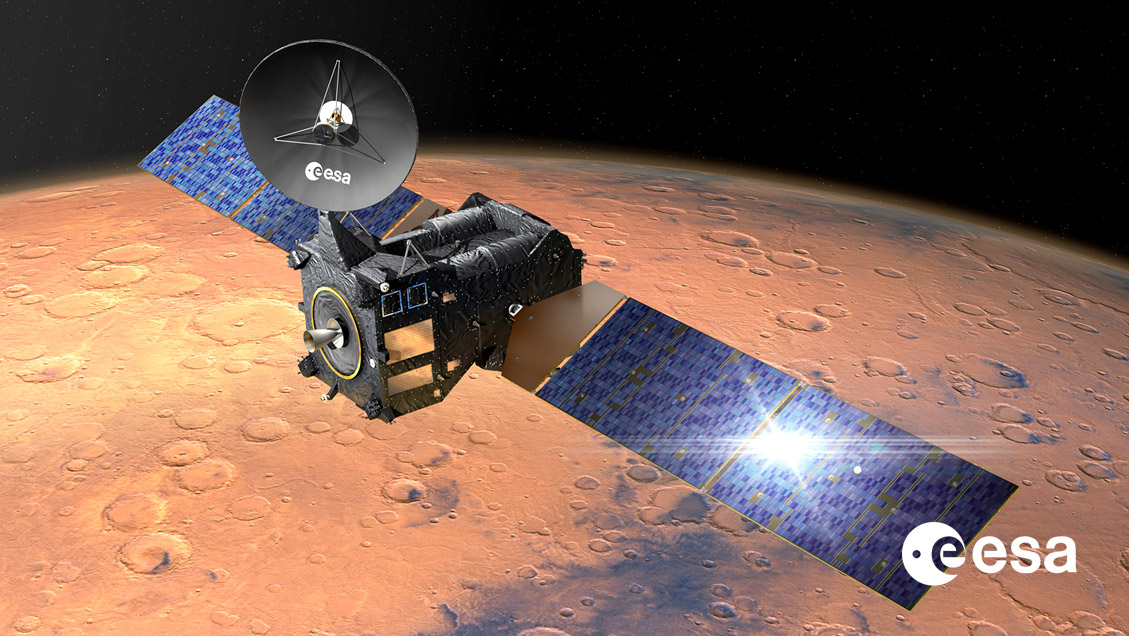
Hardware manufactured: 2x FM, 1x FS
Status: Operating.
Delivered on 2009.
Launched on Dec. 3th 2015
Destination: Lagrange Point.
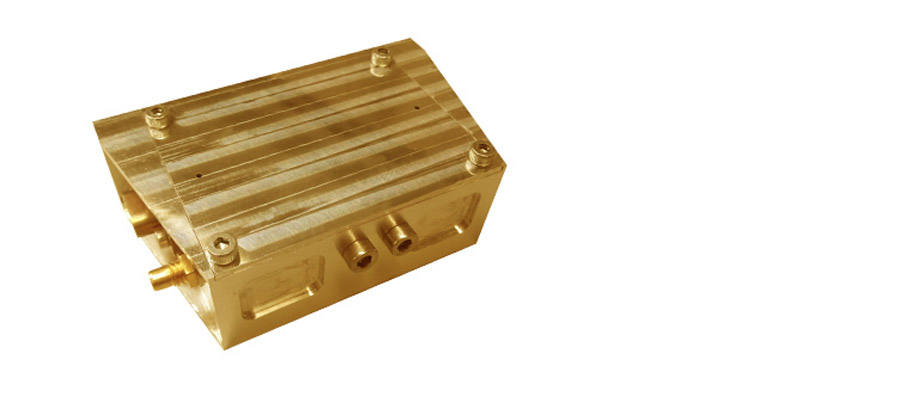
This mission to the red planet includes an orbiter, which will carry a scientific trace gas instrument and an Entry, Descent and Landing (EDL) Demonstrator. The main objectives of this mission are to search for evidence of methane and other trace atmospheric gases that may be signatures of active biological processes and to test key technologies in preparation for future Mars missions.
ERZIA has designed and manufactured two RF amplifiers for the scientific payload. The unique performance of these instruments requires a special RF design in which low power consumption and high performance are critical.
LISA Pathfinder (ESA, NASA)
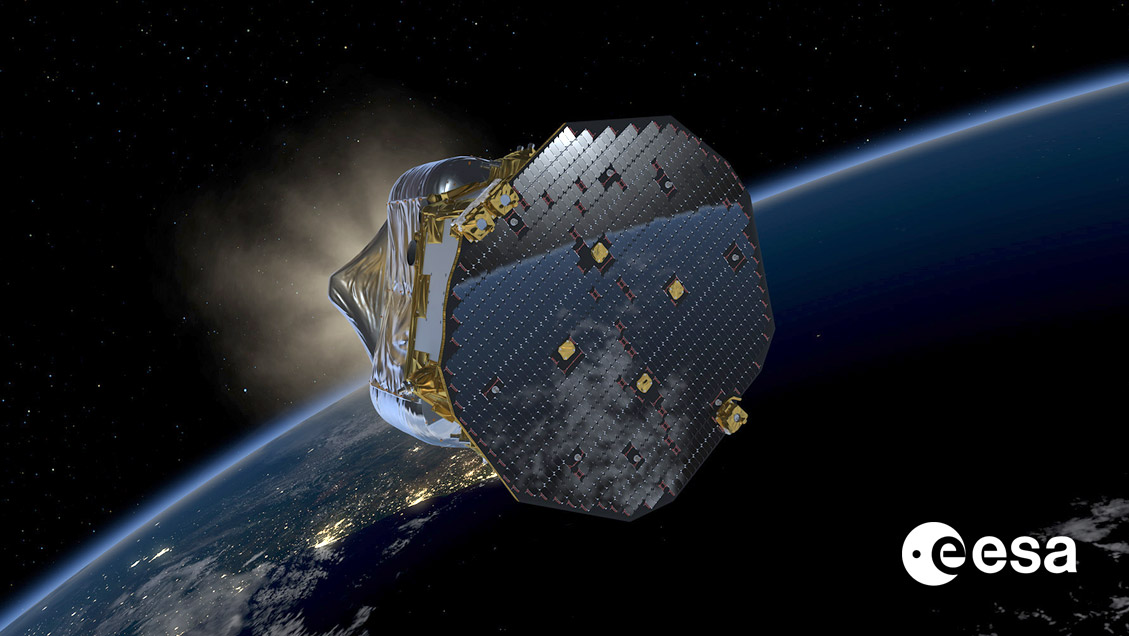
Hardware manufactured: 2x FM, 1x FS
Status: Operating.
Delivered on 2009
Launched on Dec. 3th 2015
Destination: Lagrange Point.
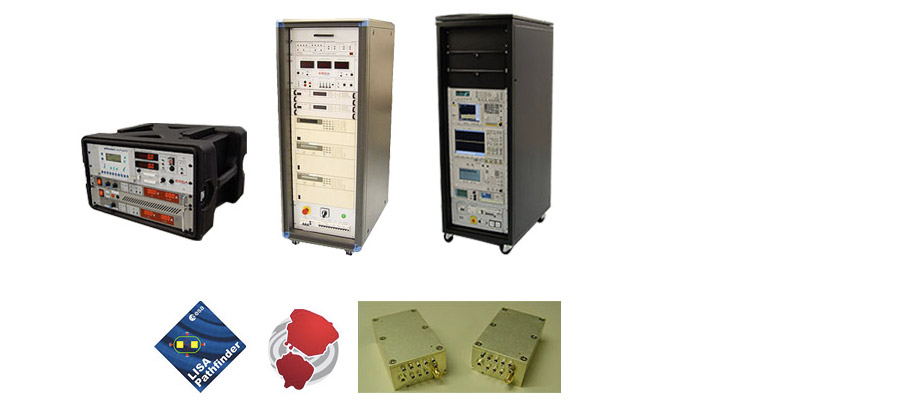
The objective of the LISA Pathfinder mission is to demonstrate its ability to detect gravitational waves in space. This project demonstrates a good example of a device custom-designed for a scientific payload instrument that includes several electronic modules and functions (RF amplifiers, power electronics, signal conditioning, control loops, detectors, etc.).
ERZIA has already provided three units (Flight Models and a Spare Model) that have already been integrated into the Acousto Optic Modulator, within the Lisa Technology Package.
Our objective is to amplify an HF RF signal within very tight power efficiency and noise specifications.
In detail:
- Three-stage SSPA
- Variable attenuator for signal leveling
- Power detector
- Linearizers for attenuation and power meter signals
- Harmonics rejection
- Optimized efficiency
- The units are placed in the RF path that feeds the laser unit and play a critical role within the whole system
Cube RRT (NASA)
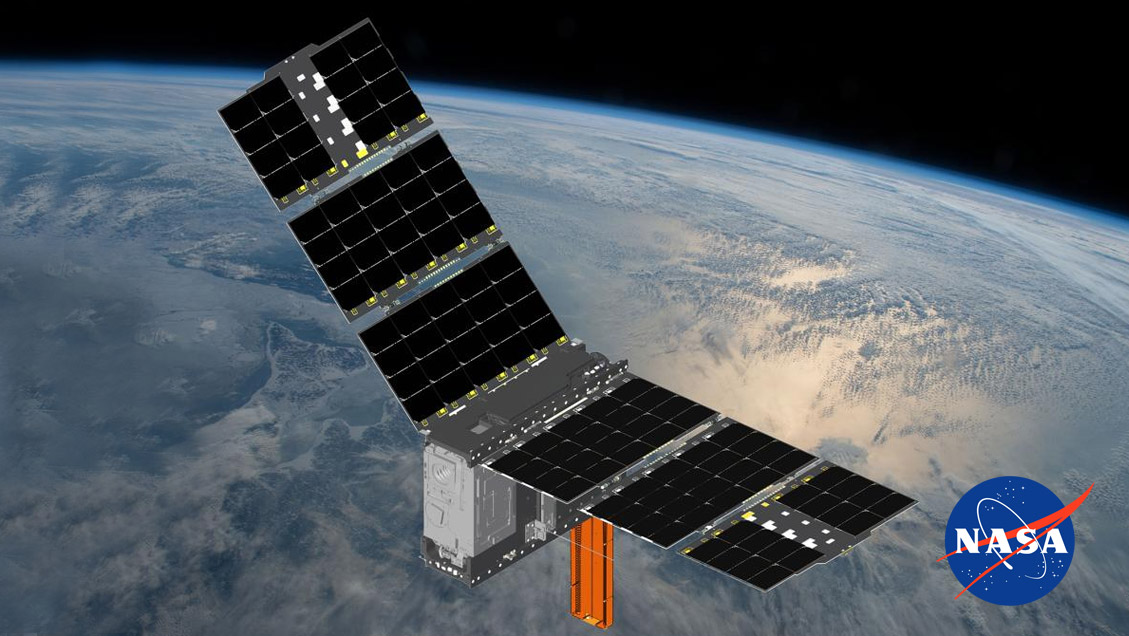
Hardaware manufactured: 3x FM
Status: Operating.
Delivered on June 2017
Launched on May 2018
Destination: LEO
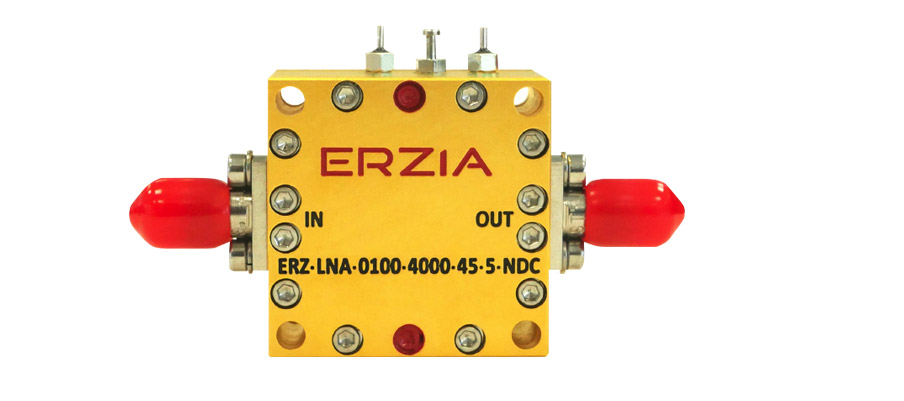
CubeSat Radiometer Radio Frequency Interference Technology Validation Mission (CubeRRT).The CubeRRT payload has three critical pieces of technology, a wideband antenna unit, a radiometer front-end (RFE) unit, and a radiometer digital back-end (RDB) that performs the on-board detection and filtering of RFI. The main objective of the CubeRRT mission is to demonstrate the RFI mitigation technology on a flight-ready hardware in space, increasing the technology readiness level (TRL) from 6 to 7.
SEOSAR PAZ
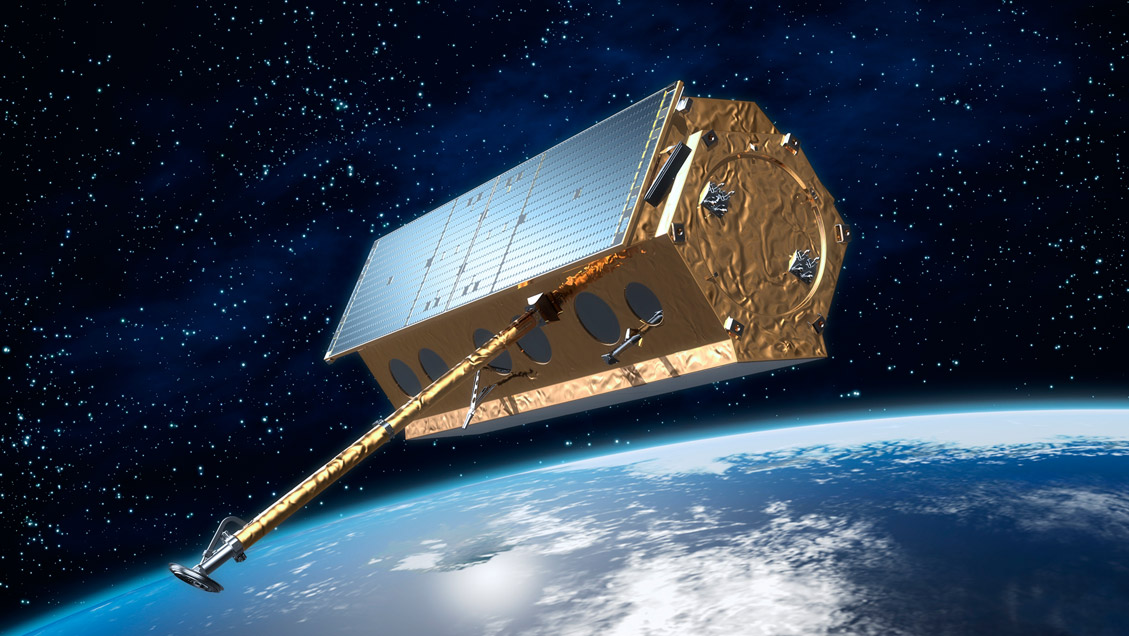
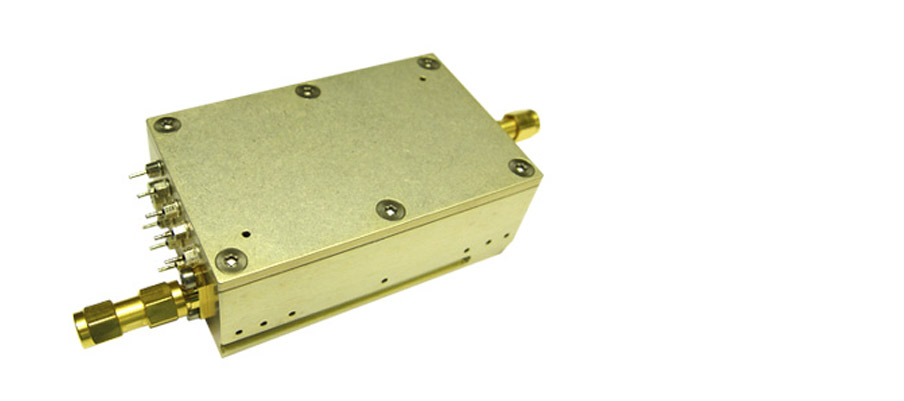
PAZ (peace in Spanish), formerly known as SEO-SAR/PAZ (Satélite Español de Observación, which means Spanish Observation Satellite - Synthetic Aperture Radar), is a Spanish X-band SAR mission, the flagship mission of the Spanish Space Strategic Plan from 2007-2011.
PAZ is based on the TerraSAR-X platform, to serve security and defense requirements. The PAZ mission is a dual-use mission (civil/defense) funded and owned by the Ministry of Defense and managed by Hisdesat.
ERZIA has designed and manufactured several EGSE instruments for different stages, from platform manufacturing to launch site operations, including both RF and power equipment.
Chinese Mars Exploration Program (CNSA)
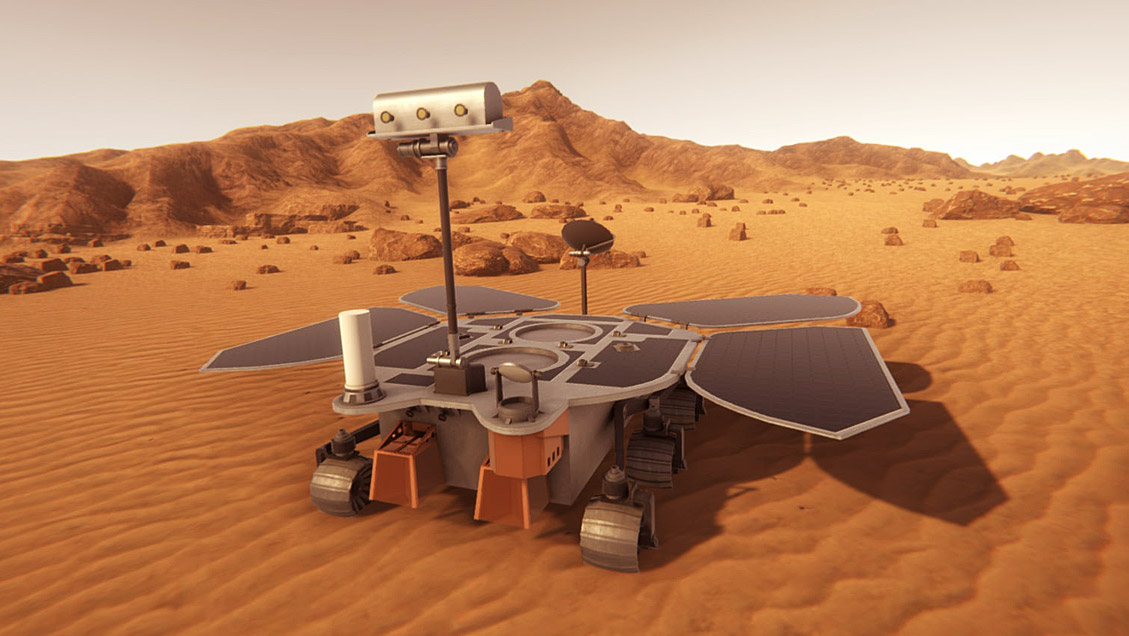
Hardware manufactured: 4x FM, 2x EM
Status: Delivered on 2018.
Launch 2020
Destination: Mars Orbit
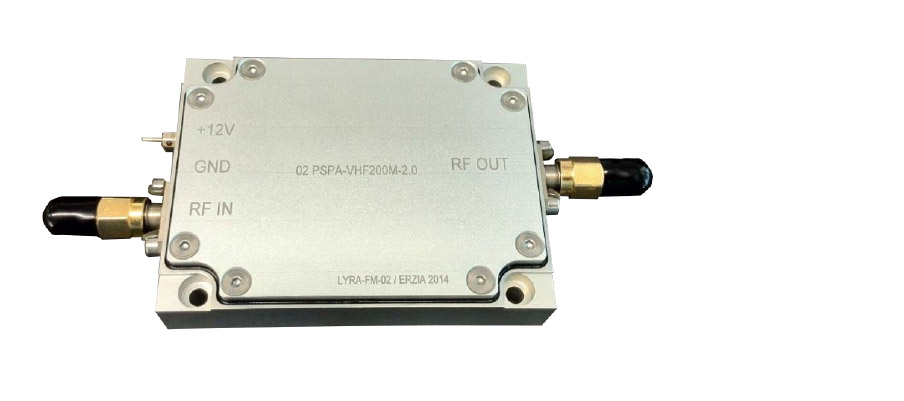
Tianwen-1 (TW-1) is an interplanetary mission to Mars by the China National Space Administration (CNSA) to send a robotic spacecraft, which consists of an orbiter, deployable camera, lander and a rover. The mission was successfully launched from the Wenchang Spacecraft Launch Site on 23 July 2020 with a Long March 5 heavy-lift rocket, and is currently en route to Mars.
Chinese Earth Observation Program (CNSA)
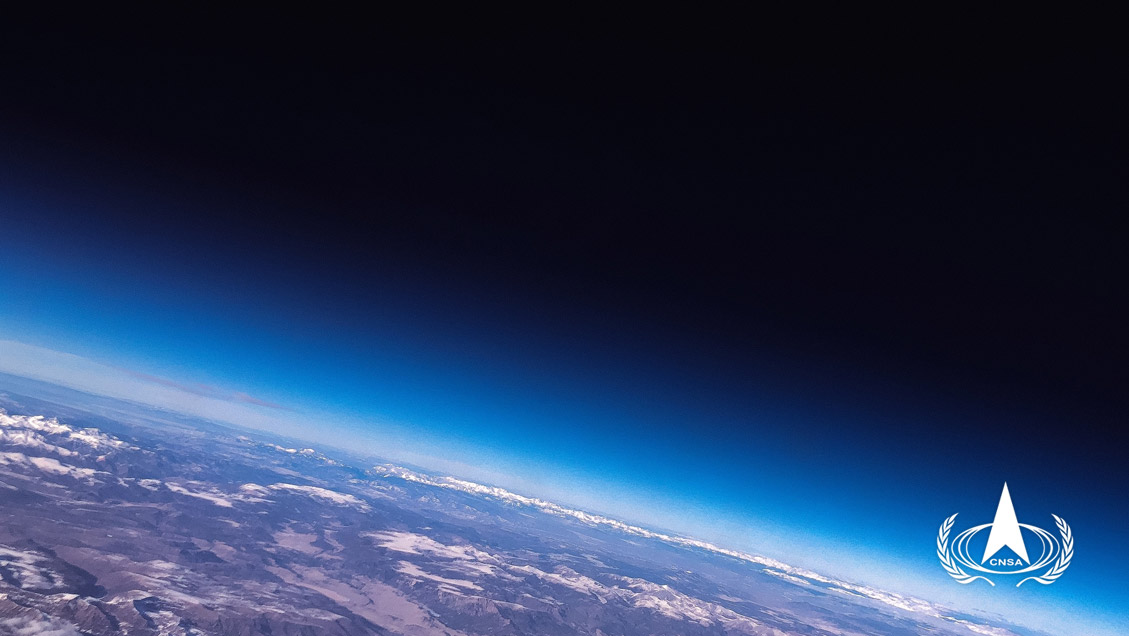
Hardware manufactured: 12x FM, 12x EM
Status: Delivered Q4 2019
Launch TBC
Destination: LEO
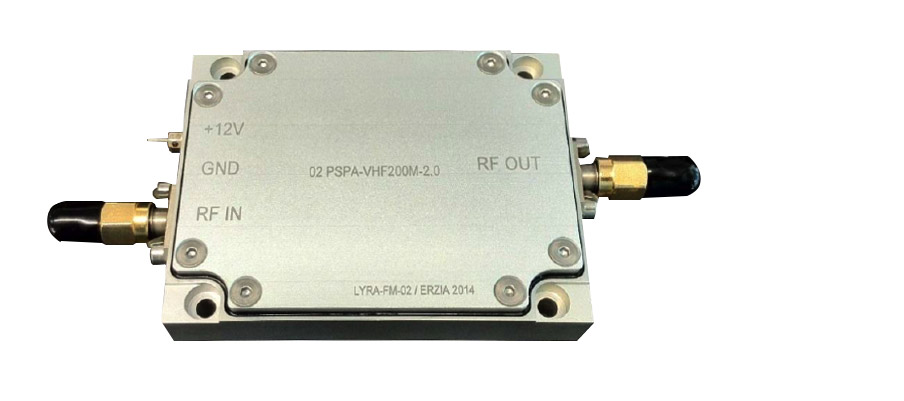
China has developed some satellite series such as meteorological satellite series Fengyun (FY), ocean satellite series Haiyang (HY), Earth resources satellite series Ziyuan (ZY), environment and disaster monitoring small satellite constellation (HJ), as well as Shijian satellite series (SJ) for new technological experiments, and has formed a complete.
Chinese Lunar Exploration Program (CNSA)
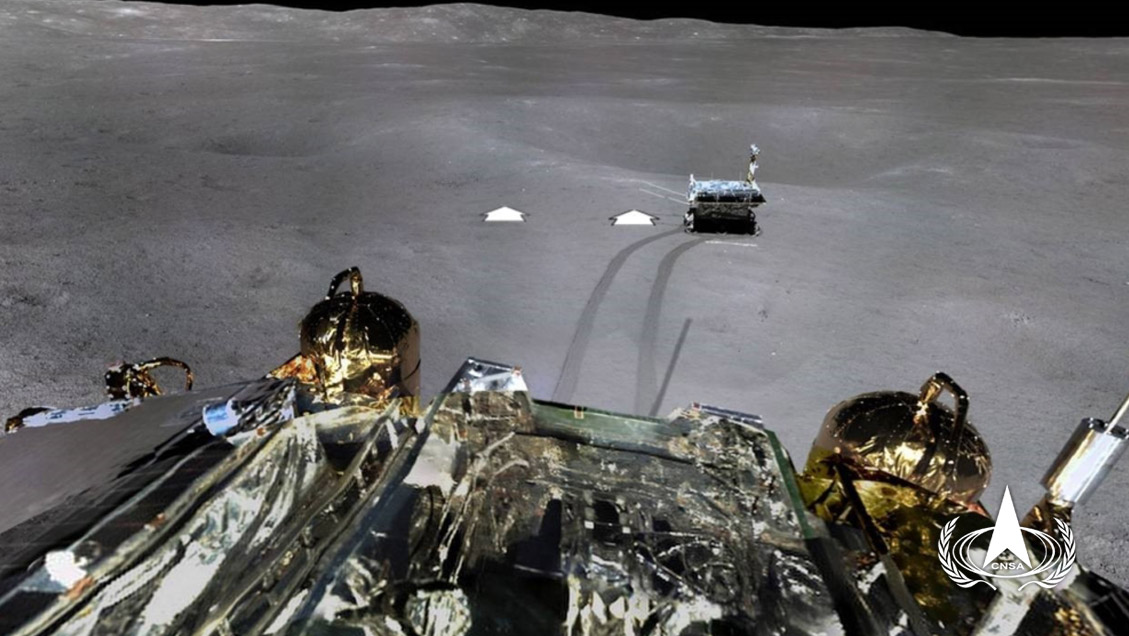
Hardware manufactured: 2x FM
Status: Delivered Q4 2019.
Launch TBC
Destination: Moon Surface.
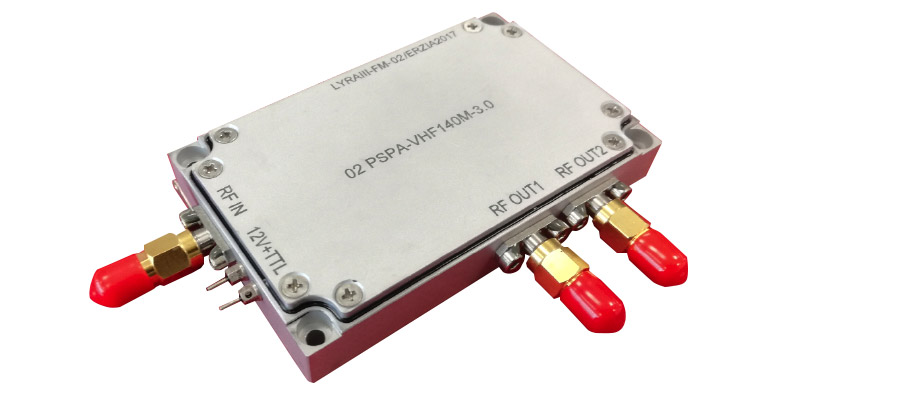
The Chinese Lunar Exploration Program, also known as the Chang'e Project after the Chinese moon goddess Chang'e, is an ongoing series of robotic Moon missions by the China National Space Administration (CNSA). The program incorporates lunar orbiters, landers, rovers and sample return spacecraft, launched using Long March rockets.
Altius (BIRA)
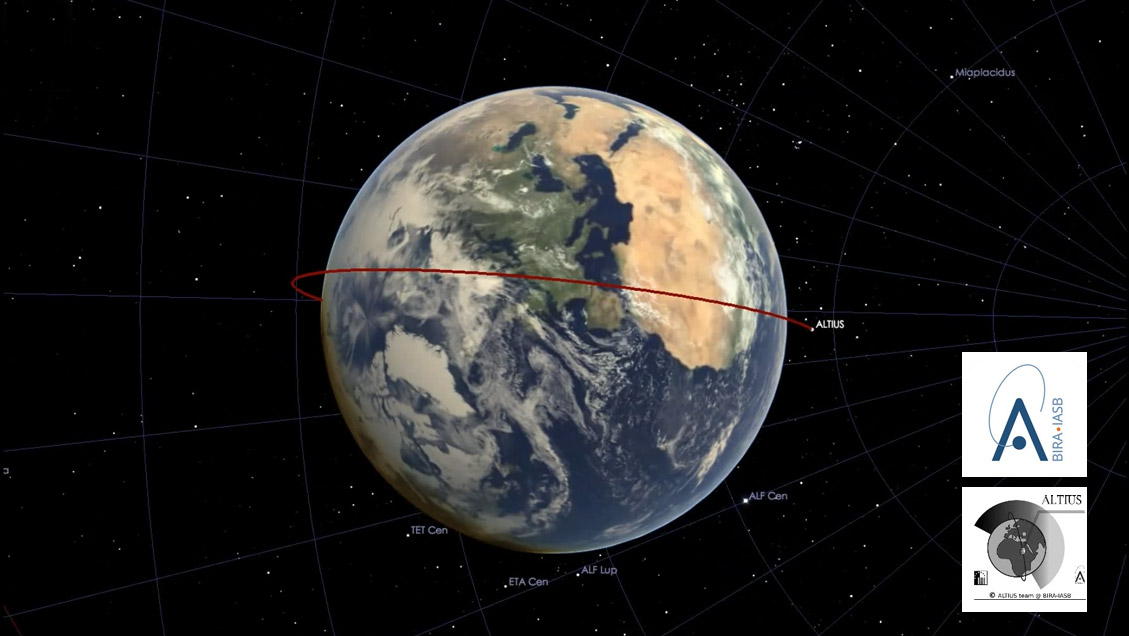
Hardware manufactured: 4x FM, 3x EM
Status: Under manufacturing
To be delivered on Q4 2020
Destination: LEO
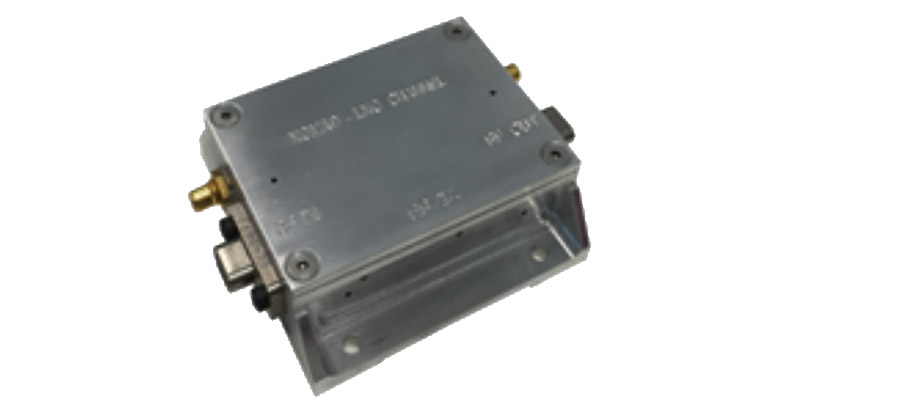
ALTIUS (Atmospheric Limb Tracker for Investigation of the Upcoming Stratosphere) is a satellite mission initiated by the Royal Belgian Institute for Space Aeronomy (BIRA-IASB). Its primary objective is the monitoring of the 3D distribution and evolution of stratospheric ozone at high vertical resolution in support of operational services and for long term trend monitoring.
The secondary objective is to measure aerosols and greenhouse gases. These measures are essential for atmospheric models that calculate consequences of increasing greenhouse gas emissions or the impacts of political decisions to protect our environment.
ALTIUS will be part of the PROBA family. This platform has demonstrated excellent attitude control and agility with previous missions (PROBA-1, PROBA-2, and PROBA-VEGETATION). The embarked instrument will be composed of a Spectral Imager for atmospheric limb observation in 3 spectral channels: UV, VIS, NIR. The launch is expected for 2023.
Chang’e 4 (CNSA)
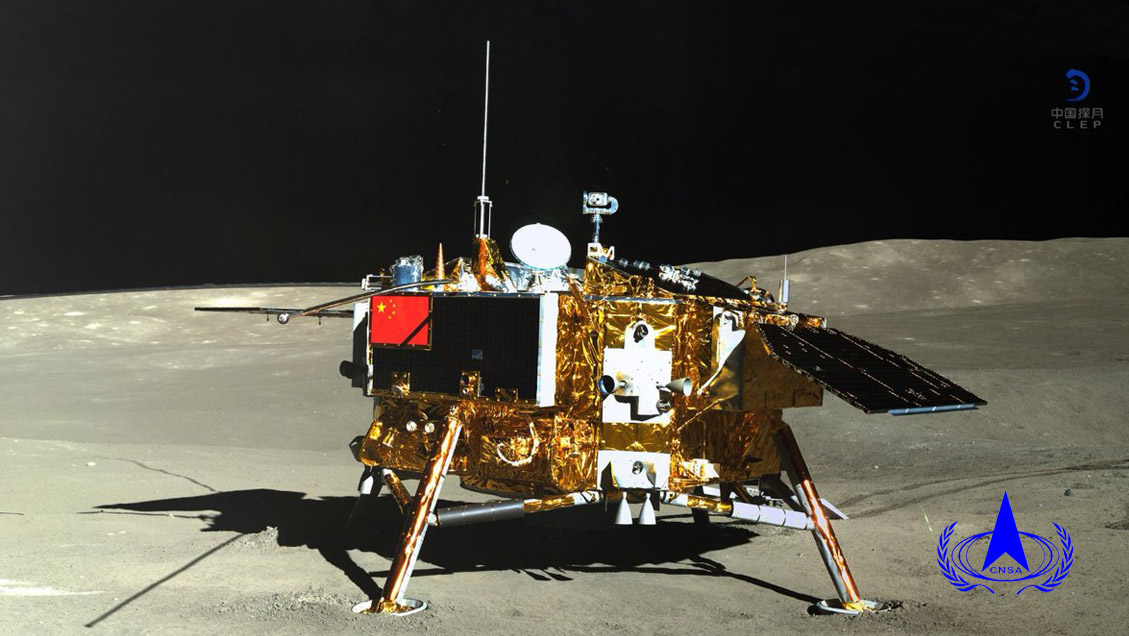
Hardware manufactured: 4x FM, 2x EM
Status: Operating. Delivered on 2015
Launched on Dec 7th 2018
Destination: Far Side of Moon Surface
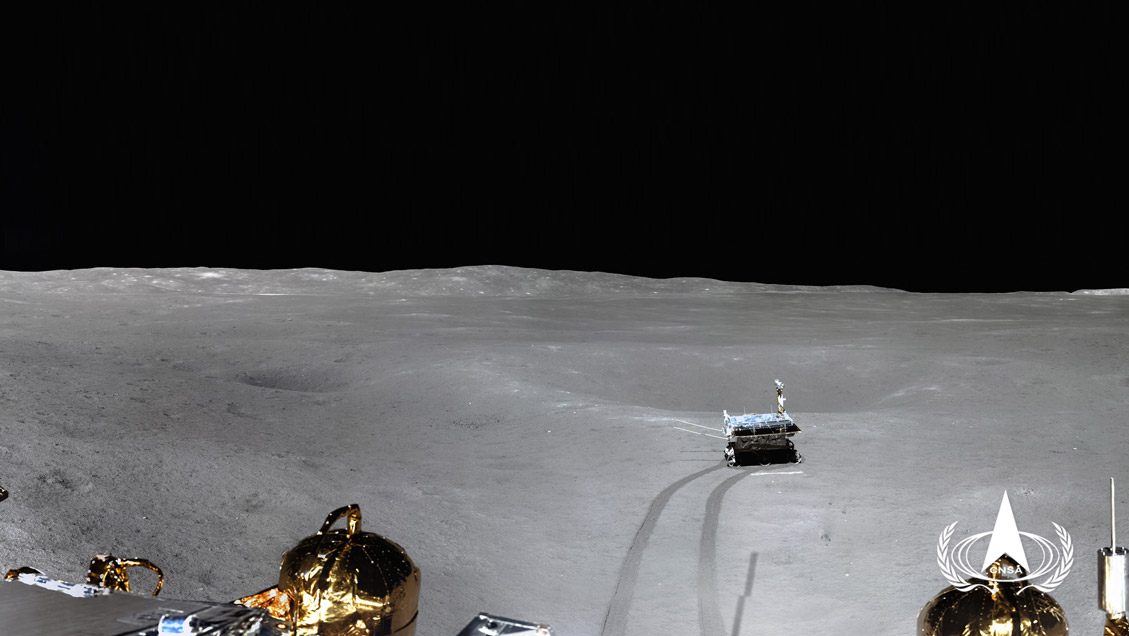
Chang'e 4 is a robotic spacecraft mission, part of the second phase of the Chinese Lunar Exploration Program. It achieved humanity's first soft landing on the far side of the Moon, on 3 January 2019.
CHANG´E 3
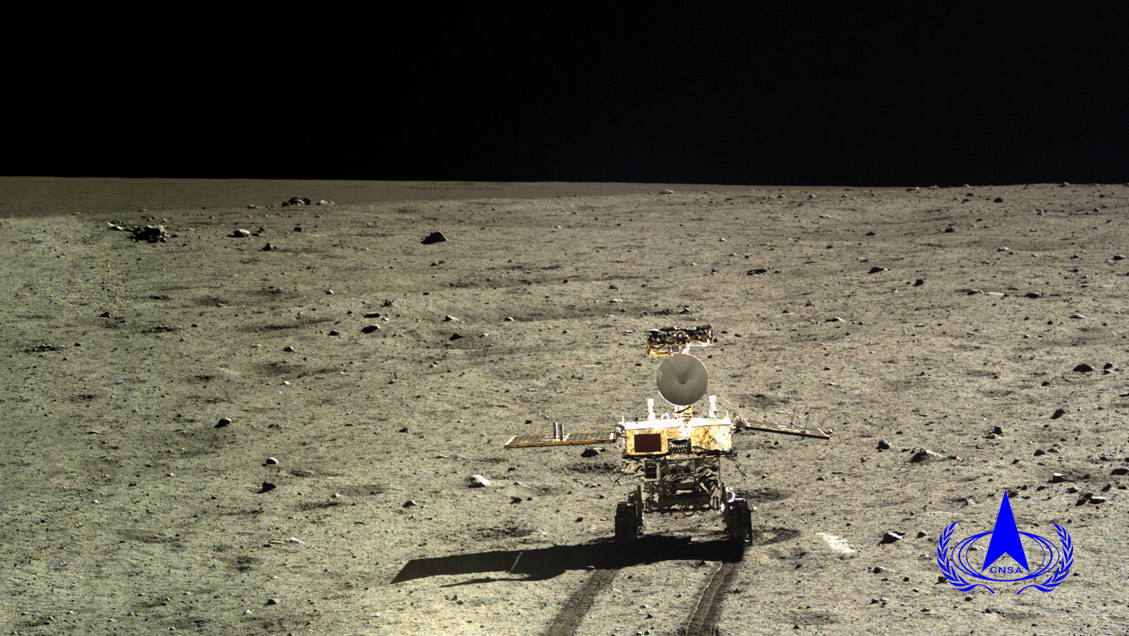
Hardware manufactured: 4x FM, 2x EM
Status: Mission ended. Delivered on 2011
Launched in 2013
Destination: Moon Surface
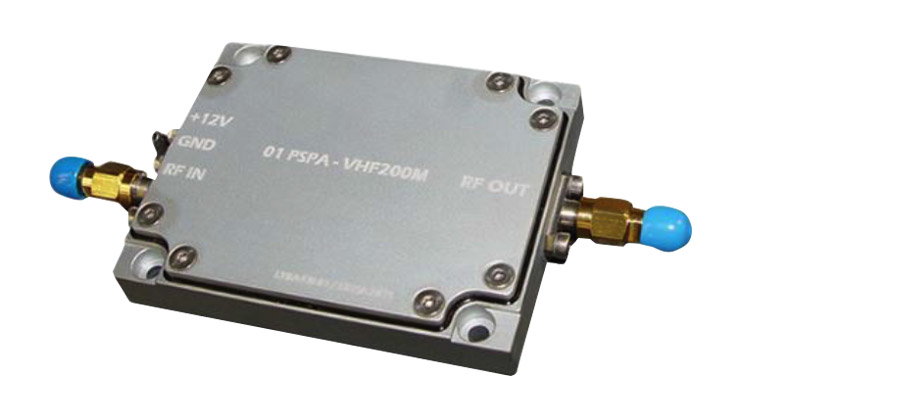
Since the Russian LUNA mission in 1976, the Change'e 3 is the first man-made instrument to make a soft landing on the moon. The mission itself was a first step in developing and testing new technologies for future lunar missions and collecting data from the surface with the different sensors and cameras on the Yutu rover.
ERZIA has designed and manufactured four state-of-the art amplifiers, which are a critical part of the Yutu scientific instrumentation. We are very proud of being part of this important milestone that we hope will be the first in a series of future missions to the earth’s natural satellite.


